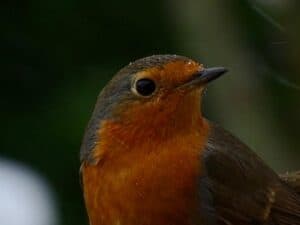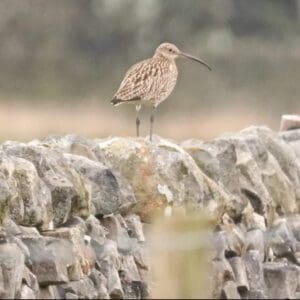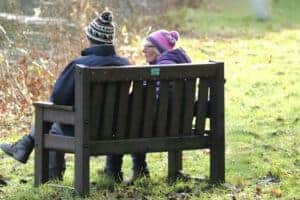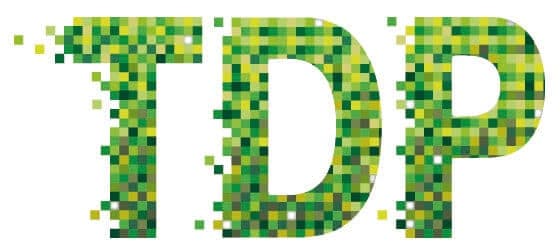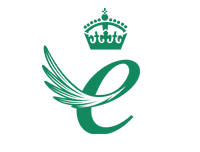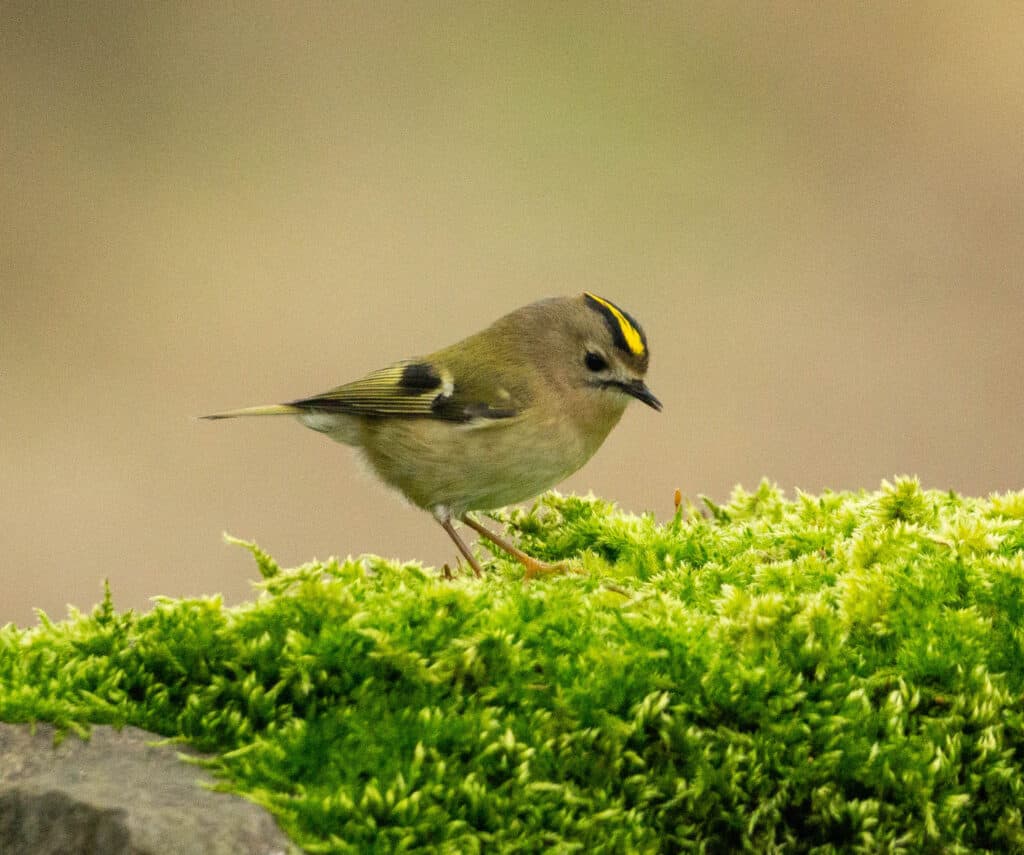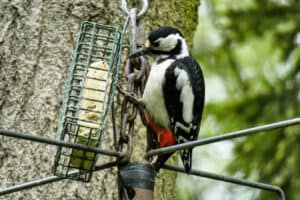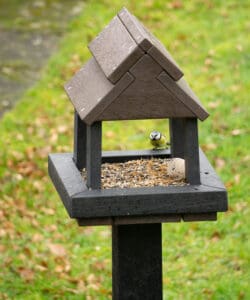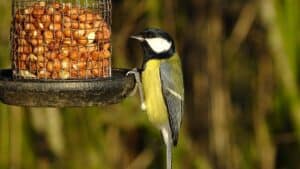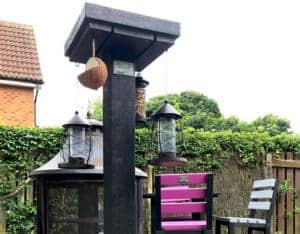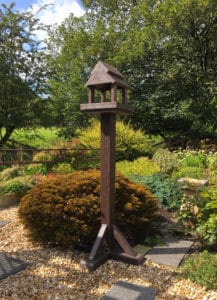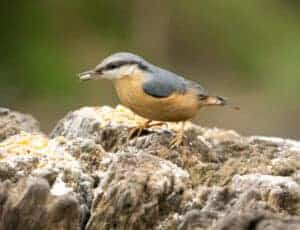With the beginning of spring, now is the perfect time to sit a while and watch the birds come and go as they busy themselves gathering nesting materials. Then see them flying to and from feeding their young, followed by the fledglings taking their first flight.
Leaving food out for the birds will help to encourage more into our gardens and, whilst food is often scarce in the winter, shortages can still occur in the spring and summer too. Adding a free-standing bird table provides both an eatery for the birds as well as a focal point in any garden.
Careful consideration should be given to the positioning of a bird feeder with safety always at the forefront. Avoid siting the feeding station close to fences, nearby shrubs and trees to reduce the danger from cats, and keep it away from overhanging trees where birds are likely to roost as the feeder could end up covered in droppings. An ideal spot is out in the open but not too far from a small shrub or similar vegetation so that birds can check all is clear before they head to feed. Consider adding more than one bird feeding station to your garden to avoid overcrowding as larger birds can muscle in.
The RSPB recommends a variety of foods to give birds depending on the seasons, as well as those to be avoided. For example, loose peanuts should never be put out for birds as they can choke on them. Instead, ensure they are placed in a suitable mesh bird feeder.
Maintaining good hygiene is essential. Any bird food that is left out should be replaced on a regular basis to stop the food from going stale or mouldy and the ground beneath the bird feeder should be kept clean to ensure a healthy environment. Bird feeders also need to be washed regularly and cleaned with an animal safe disinfectant.
Whilst wood is the traditional material for a bird feeding station, if you’re looking for something that is kinder both to wildlife and the environment with none of the hassle of maintenance, then why not consider a bird platform made from sturdy recycled plastic planks.
We have designed our recycled plastic bird tables to look just like its timber equivalent – even down to the wood effect grain that ensures it blends into any garden. Maintenance free, it provides a healthier alternative for birds and other wildlife as bacteria cannot penetrate the dense recycled plastic profiles, so it can simply be hosed clean with a power washer on a regular basis. Not only will this keep it clean but it will look as good as new, year after year.
Once the bird feeder has been installed it’s time to look forward to welcoming more birds into the garden. However, if they don’t immediately flock to the feeding station, it pays to remain patient as it can take a little while for birds to start visiting. When they do, keep the feeders topped up to ensure a regular food source.
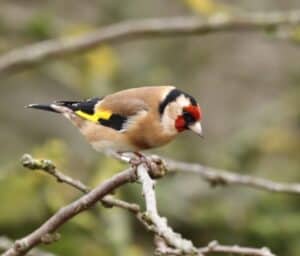
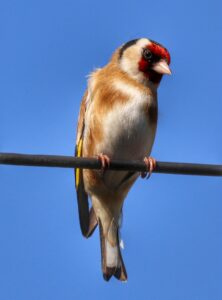
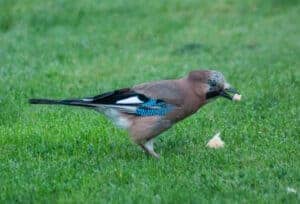
As well as leaving food out for the birds, increasing natural food sources is vitally important. Encourage bees, butterflies and other insects into the garden through choice planting including those that produce plentiful supplies of seeds and berries. Also stack up piles of dead wood and avoid the use of pesticides.
Another way to increase biodiversity is to build a bug hotel, complete with cracks, crevices and hideaway holes for all types and sizes of creatures from woodlice to stag beetles. The Derbyshire Wildlife Trust has a step by step guide to creating a bug mansion from wooden pallets, hollow stems, stones and tiles, and dry sticks. Of course, if you’re looking for something altogether easier then just leave the mower in the shed and allow the grass to grow that little bit longer.
It is also important that birds have access to water even if it’s just a small dish. This is crucial all year round but especially in periods of drought and icy conditions when the water freezes over. Digging a pond is another way of ensuring an ample water supply and – with the wildlife it will inevitably attract – a varied menu for the birds too. Add planting and create some shallow areas, whilst making sure that any wildlife can easily get in and out of the pond.
Once the birds have been catered for, all that is left to do is to sit back and enjoy the simple pleasure of watching them flock to your garden, whatever the season.
